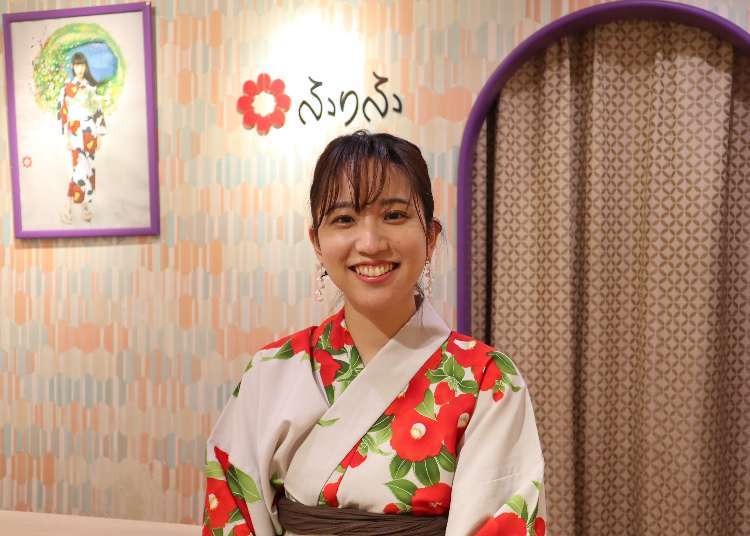
What are Yukata? All About Casual Yukata Summer Kimonos and How to Enjoy Them
- Written by: Miyu Shimada
Japan is known for the kimono, but in the summertime, the yukata (浴衣), a causal version of the kimono made out of a thinner fabric, is the go-to garment!
Kimonos and yukatas are traditional clothing well-known throughout Japan. What’s more, it’s popular among foreign tourists who want to try wearing one when they visit. However, many people are still unaware as to what a yukata actually is or how people in Japan enjoy it.
With this being the case, we have interviewed the kimono brand Furifu about some commonly asked questions regarding the yukata.
In addition to this, we have included explanations from professionals so that foreign travelers in Japan can enjoy wearing one without any worries. These tips on how to wear a yukata both comfortably and well cannot be missed!
- Table of Contents
-
- We Interviewed the Kimono Brand Furifu
- We Interviewed Ms. Nakaigawa, a Manager at Furifu’s Kawasaki Shop
- What's the Difference Between Yukata and Kimono? Things That Even Many Japanese People Don’t Know!
- Basic Questions About Yukata: How Do You Wear One, and What Are the Differences in Garments for Men and Women?
- When is Yukata Season and What Designs Are Appropriate?
- 5 Tips for Foreign Tourists on How to Wear a Yukata the Right Way!
- For Those Who Want to Know How to Put on A Yukata!
- Items you need other than the yukata, obi, and geta
- Trinkets and Items that Will Elevate Your Kimono Outfit
- Where Can You Wear a Yukata To?
- Don’t Overthink and Enjoy What You’re Wearing!
We Interviewed the Kimono Brand Furifu
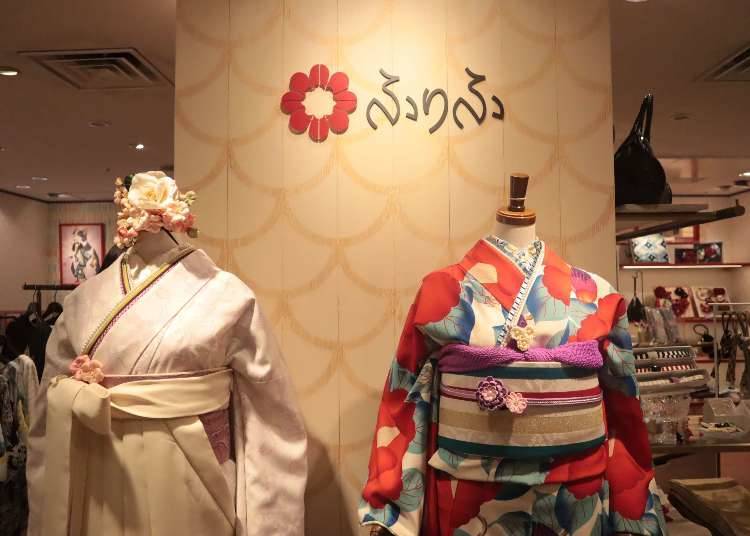
Furifu is a kimono and clothing brand developed by MIMATSU co., ltd. This year, the brand is welcoming its 90th anniversary.
While the shop carries kimonos and yukatas with retro-modern designs, you can also find clothing, accessories, and small trinkets that combine current fashion trends with traditional Japanese sensibilities.
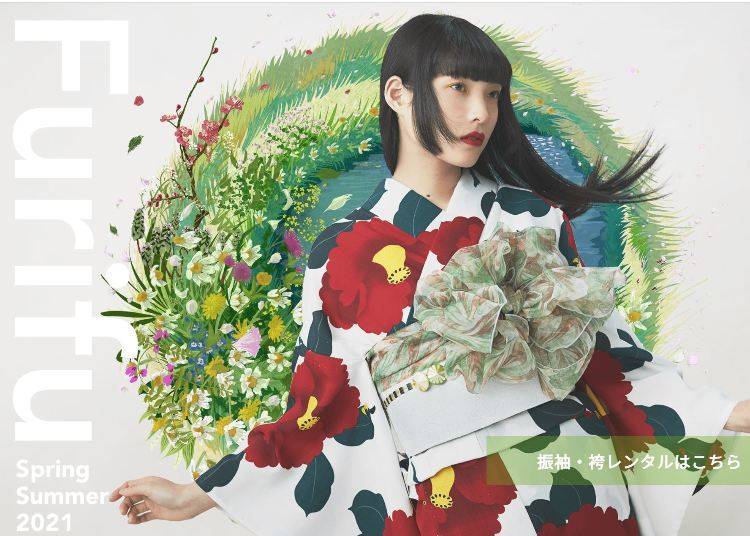
Differing from other kimono companies, Furifu uses their own original textiles. Keeping faithful to the traditions of the kimono while adding their own twist is what makes their items unique.
Every piece of clothing you encounter is stylish and charming. Here, kimonos designed for modern needs and lifestyles are especially popular. From younger generations to long-time kimono wearers, this is a brand beloved by everyone.
We Interviewed Ms. Nakaigawa, a Manager at Furifu’s Kawasaki Shop
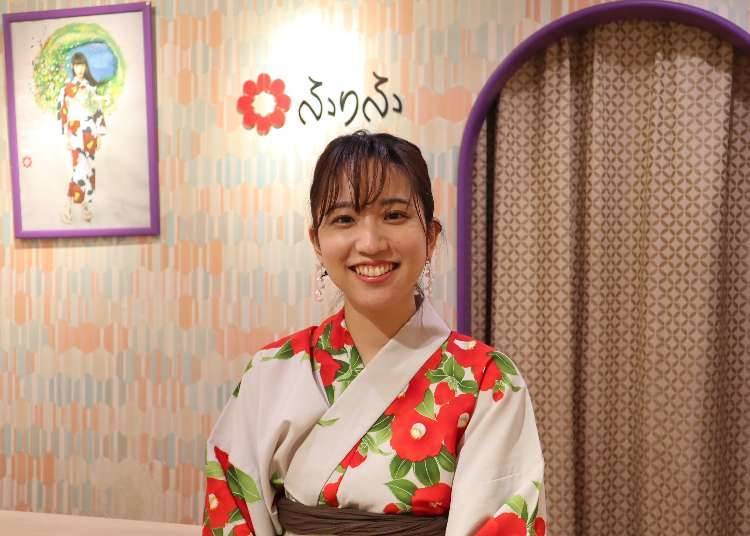
The manager of Furifu’s Kawasaki shop, Ms. Nakaigawa, kindly gave us a detailed explanation of yukatas. Having family that worked at kimono shops, family members that opened Japanese calligraphy schools, and having learned the Japanese drum when she was younger, Ms. Nakaigawa is accustomed to traditional Japanese culture.
She told us, “I have always had an interest in traditional Japanese culture. While in college, I learned about how the kimono functions as a national costume. I hope that more people abroad can learn about the kimono and Japanese culture so that they can enjoy it further.”
What's the Difference Between Yukata and Kimono? Things That Even Many Japanese People Don’t Know!
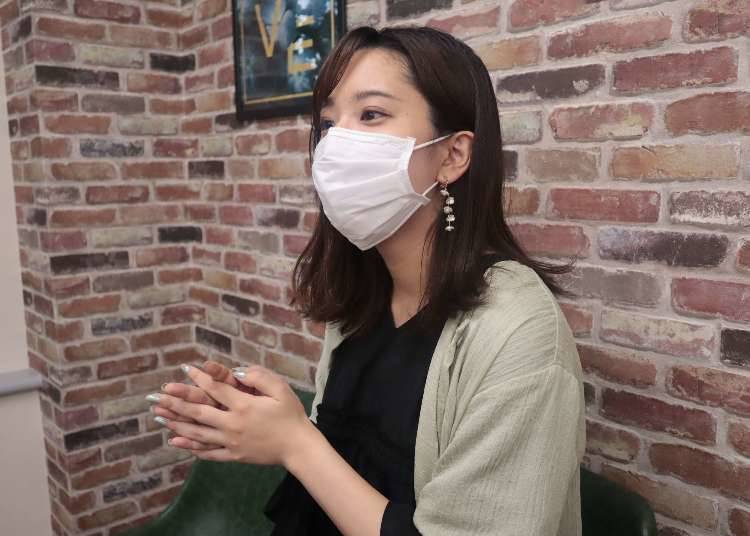
What is a yukata?
“Originally, yukatas were used as a form of underwear that people would wear during bathing. In the past (during the Heian Period, 9th to 12th century), you didn’t get in the water to bathe. You bathed by wiping the body from sweat while in a steamed room. This is similar to the saunas we have today. To protect the body from the hot steam, yukatas were worn. High-quality material was used because the garment would directly touch the skin. Moreover, because it absorbs moisture so well, they were also used as pajamas.”
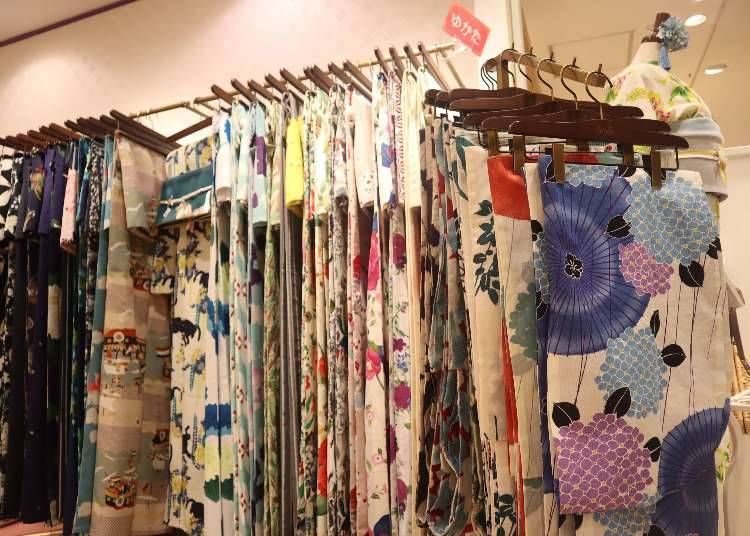
“With this being the case, yukatas became garments that were only worn inside the home. They were only worn outside after the invention of communal baths. The variation in color and design began after kabuki actors, actors for traditional Japanese dance-dramas, started to wear them.”
Are kimonos and yukatas the same? What are the differences?
“The words kimono and yukata are often used separately. However, yukatas are a type of kimono. There are different types of kimonos for different occasions.
"For example, there’s the formal Kuromontsuki kimono, the Furisode kimono that one wears during their coming-of-age ceremony, and the Komon kimono which is used for everyday use.
"Yukatas are a summer kimono in which you wrap one piece of fabric around you. Most kimonos are quite thick, requiring you to wrap two or more garments around you. Due to only requiring one, yukatas tend to be lighter and therefore a little different from the other kinds of kimonos.”
Basic Questions About Yukata: How Do You Wear One, and What Are the Differences in Garments for Men and Women?

When do you usually wear a yukata in modern-day Japan?
“It’s usually worn in the summer during firework festivals and other Japanese festivals. Because kimonos aren't generally worn as casual wear, most people try to wear them during special events in the summertime. Moreover, many people in Japan may not wear other types of kimonos, but given the occasion, they may sometimes wear a yukata.
"From long ago, special events or celebrations in the summer usually involved fireworks. This traditional custom of associating fireworks with the yukata still lives on in modern-day Japan. It’s also very common to see them being prepared as a form of nightwear at traditional Japanese inns.”
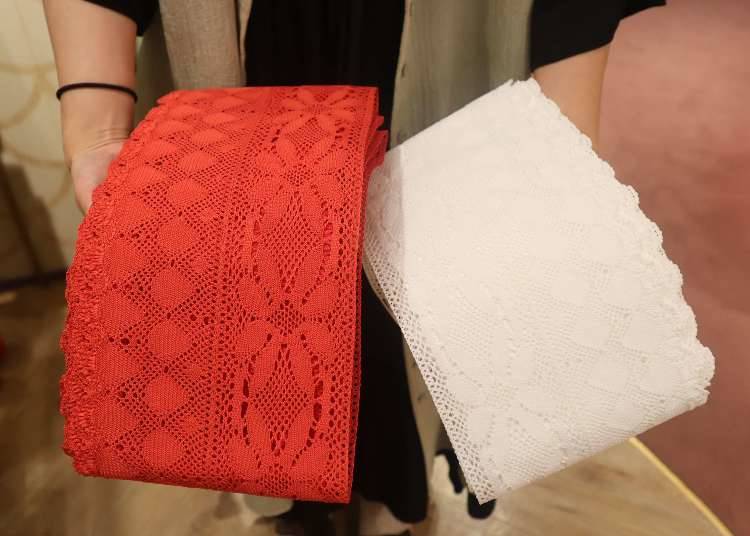
Is the yukata something you can wear at any age, male or female?
“Of course! Especially since it’s become a trend on social media, there’s been a lot of young people wearing yukatas to post online. Kimonos are beautiful, eye-catching, and enhance a person’s beauty. Until recently, the norm was for women to wear yukatas while men wore regular clothing.
"However, now many men also want to wear a yukata to match their partner. You’ll even find spreads in Japanese fashion magazines introducing fashionable yukata looks to enjoy as a couple.”
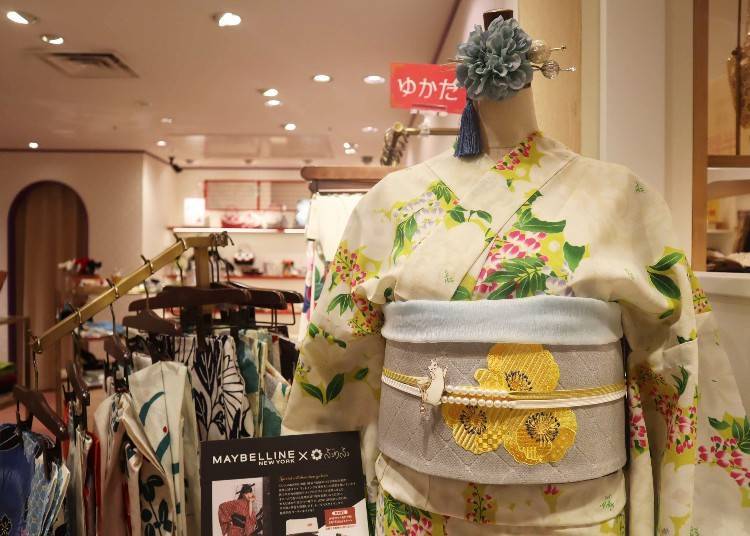
For yukatas (kimonos), why do you wrap the left side on top of the right?
“This has been a rule since long ago. There have been various theories as to why this is, but the most common one is that you can easily wrap the left side of the fabric around you with your right hand. Most people are right-handed, so kimonos have been designed to make it easier for the majority to wear them comfortably.
"By wrapping the left side of the fabric so that it comes to the front, your right hand can easily fit through the cross-section of where the fabric overlaps. This makes for a kind of pocket called a futokoro, commonly used to store wallets or other important items.
"The theory is that to be able to access the futokoro, the left side of the fabric came to the front. Furthermore, in Japanese culture and tradition, the right side of the kimono comes to the front when dressing the dead. This is also something to be mindful and respectful of when trying one on yourself.”
When is Yukata Season and What Designs Are Appropriate?
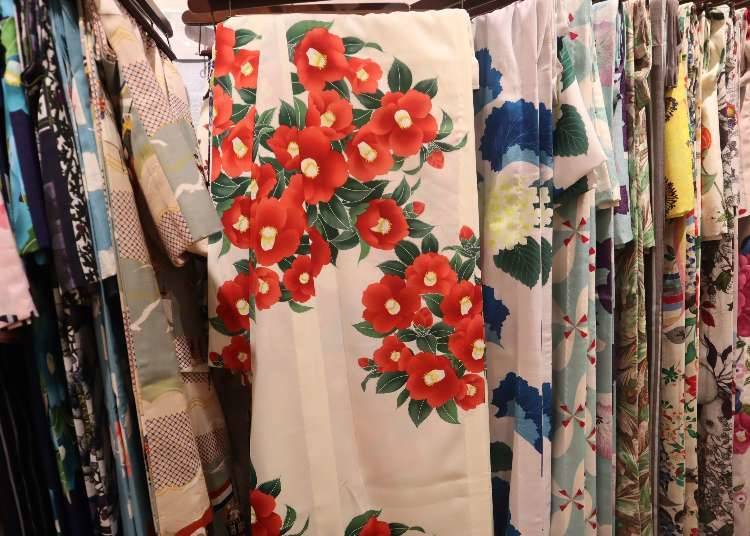
I’ve heard that there are certain times when you can wear a yukata.
“Yes. Yukatas made from one piece of fabric are worn during July and August as well as the beginning of summer in June and the beginning of fall in September.
"If you want to wear a yukata any time outside of these periods, it must be a lined kimono made for the colder months known as anawase.
"You might ask as to why different kimonos must be worn during different months. Just like how you have clothes for the summer and clothes for the winter, Japan has a history of stressing the importance of dressing for each season. This has led to the invention of different kimonos suited for different periods."
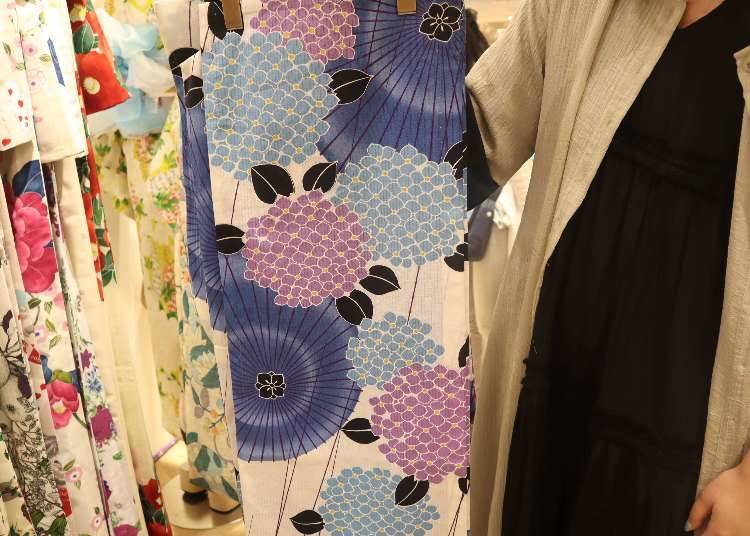
“However, the weather and climate in Japan have changed, and the months of June and September are still sweltering. Because of this, the traditional rules of when to wear yukatas don’t have to be followed so strictly.
"There are also body-linings for traditional kimonos called nagajyuban. If you wear just this, it also gives you a traditional summer kimono look.
"The colors, designs, and material of the yukatas at Furifu are specially made so that you can wear it like a traditional kimono. This is great for foreign guests because they can wear one without having to worry about it not being suitable for the season.”
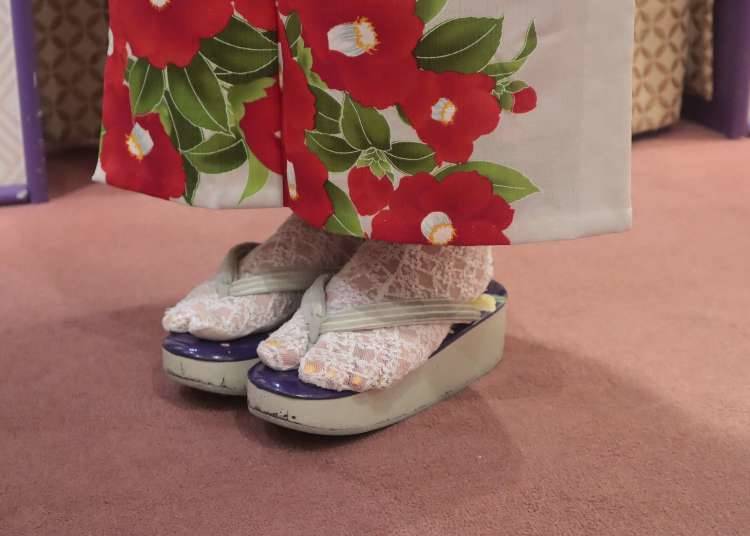
Please tell us the differences in yukatas for men and yukatas for women.
“In terms of how the kimono is made, the length, the shape, and how you wear it are different. For men, the length of yukata is not tailored to the person and is worn as is.
"For women, the yukata is usually folded at the waist, and the length is adjusted. This fold is called a ohashori.
"Because such adjustments are necessary for women, the original length of the yukata tends to be a little longer. Furthermore, the yukatas for women have slits on the side.
"The band or obi wrapped around the garment to hold it together is also different for men and women. Bands for men tend to be thin while the bands for women are a little wider.”
Is it any different from a Jinbei?
“Yes. I often see women wearing a yukata and men wearing a jinbei-a traditional Japanese two-piece set for summer. Originally, jinbeis were made for children and men to wear indoors. Because it’s not made to be worn out, I recommend men also to wear yukatas.”

Is it okay for foreign tourists to wear yukatas in Japan?
“Please do! I notice that because of the differences in bone structure compared to Japanese people, it’s hard for some foreign tourists to sit with their legs folded under them or closed. This might cause some discomfort when wearing a kimono, but I really wish for people to enjoy this uniquely Japanese garment.”
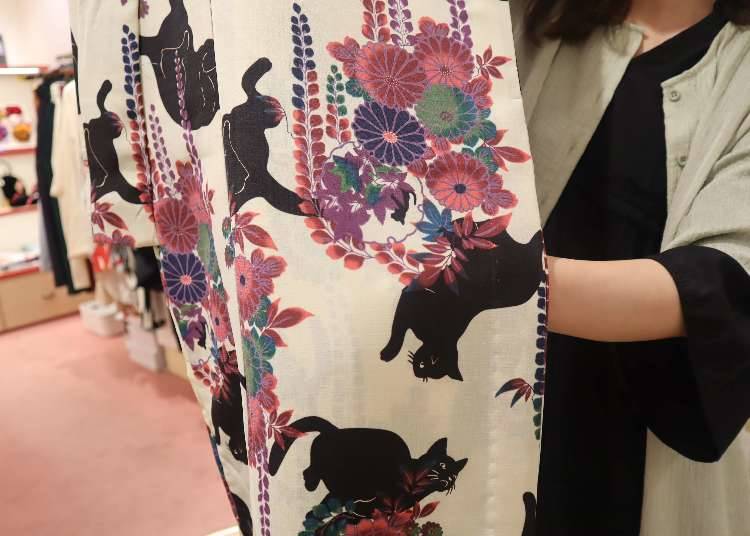
What kind of design should I choose?
“It’s best to choose the one you like the most. Strangely enough, colors and patterns that don’t usually go together transform when they are put on a kimono.
"Because yukatas are so special, you can experiment by trying something new, or you can also choose colors and patterns that you are used to and feel comfortable wearing.
"Additionally, at Furifu, our staff chooses designs and patterns that they think will suit you best. Please take some of the advice from our professionals into consideration when making your choice.
Please share some of the latest trends!
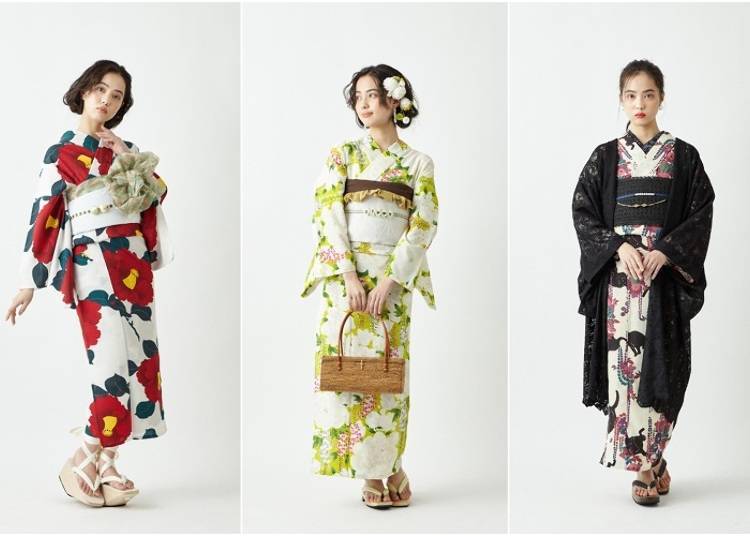
“When it comes to kimonos, there aren’t as many trends compared to regular clothing. Although, our Japanese camellia patterned yukata is pretty popular since it’s a flower representative of Japan. In the case that you are looking to post some photos on social media, we recommend choosing extravagant patterns that will look good on camera.”
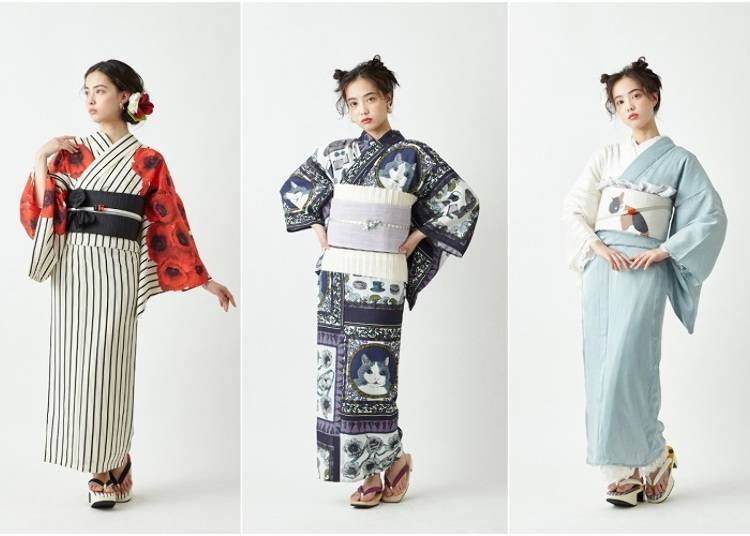
“Kimonos also usually have patterns that fit the season—for example, hydrangeas in the summer and Japanese camellias in the winter. However, you don’t have to worry about this too much. It’s best if you pick something you like, just as if you were picking out a nice pair of jeans and a t-shirt. What’s more, adding accessories and small trinkets also help to transform your look completely.”
5 Tips for Foreign Tourists on How to Wear a Yukata the Right Way!
We were given five tips on wearing a yukata so that it feels comfortable and looks good.
① Wear Lining Under the Yukata
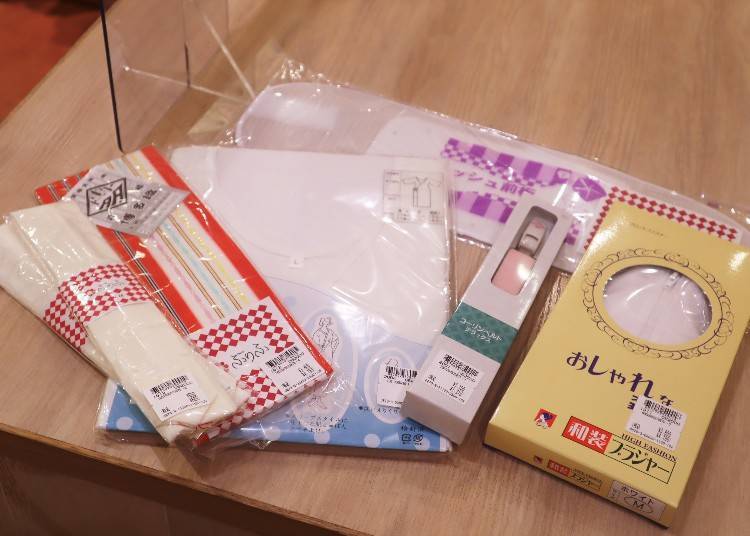
This is a tip for young Japanese people, not just foreign guests. Please remember always to wear a tank top, t-shirt, or some type of lining under the yukata.
Many people wear yukatas without anything underneath, but in the case that the top part of the yukata loosens a bit, people will be able to see your underwear.
Another great aspect of wearing something underneath is that it will absorb sweat so that you can wear the yukata without any discomfort.
If possible, it’s also recommended to wear kimono bras. The reason is that it helps preserve the shape of the yukata and makes it so that you are comfortable for long periods of time.
② Always Take Small Steps
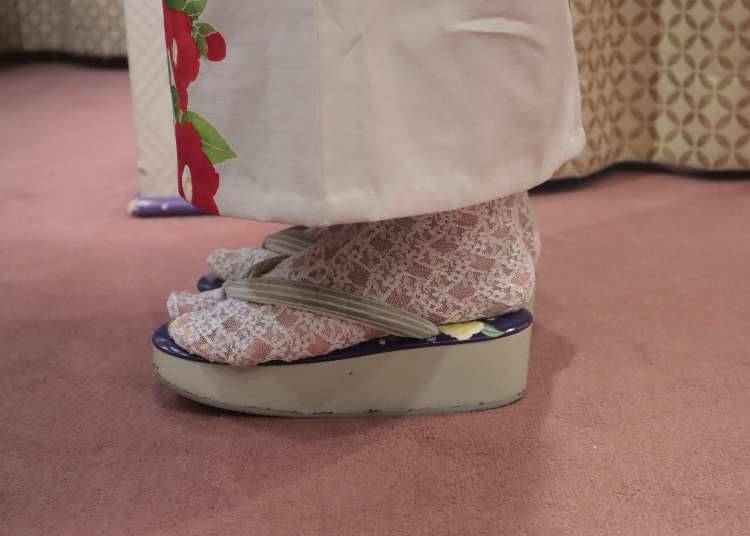
When walking in a yukata, it’s always recommended to take tiny and short steps. If you walk the way you would when wearing normal clothes, the yukata will start to come loose.
If this is difficult, it’s recommended to hold the fabric that comes to the front while walking. Another tip for easy movement is to shorten the length of the yukata when first getting ready.
I personally do this when dressing any foreign tourists so that they can move around a little more easily.
③ Try Not to Roll Up Your Sleeves
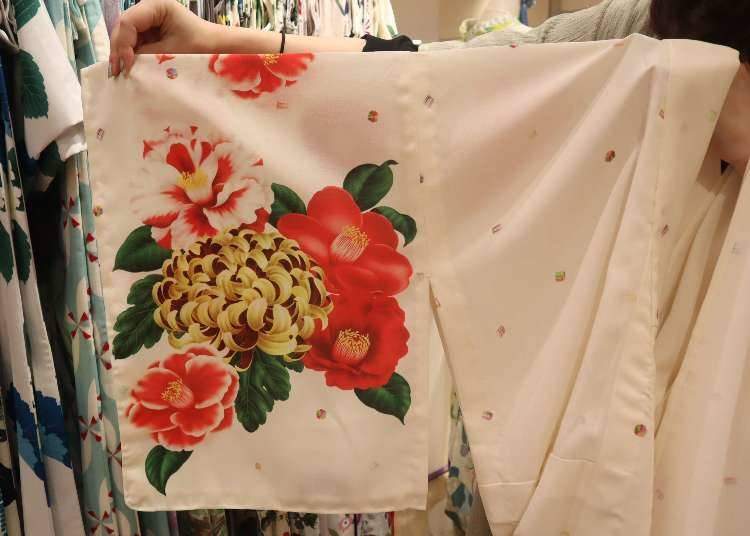
Because the sleeves of a yukata are quite large and there’s a lot of fabric, you can get hot easily or find that the sleeves get in the way. This causes people to want to roll them up. However, this ultimately leads to the yukata coming loose. Please be careful not to roll up your sleeves when wearing a yukata.
④ Tightly Tie the Waist Cords Around You

When wearing a yukata, you wrap two to three koshihimo or waist cords and a datejime - a type of belt - around you. It might feel a little tight in the beginning, but by doing so, it helps keep your posture straight and to keep your shape, much like a corset does.
Furthermore, it’s good to be mindful not to hunch your back when walking. By standing up straight, the shape of the yukata will look even more beautiful.
⑤ Don’t Wear Geta If You Don’t Feel Comfortable
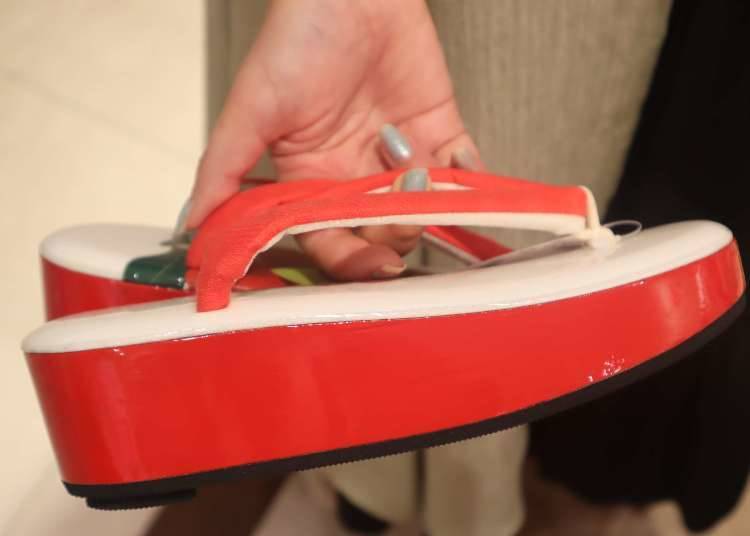
Some people experience pain when wearing geta or traditional Japanese clogs. In the summer heat, feet can also get sweaty and cause slippage, making it even more difficult to walk. It’s unnecessary to wear these shoes with the yukata, so please wear something you find comfortable such as sandals.
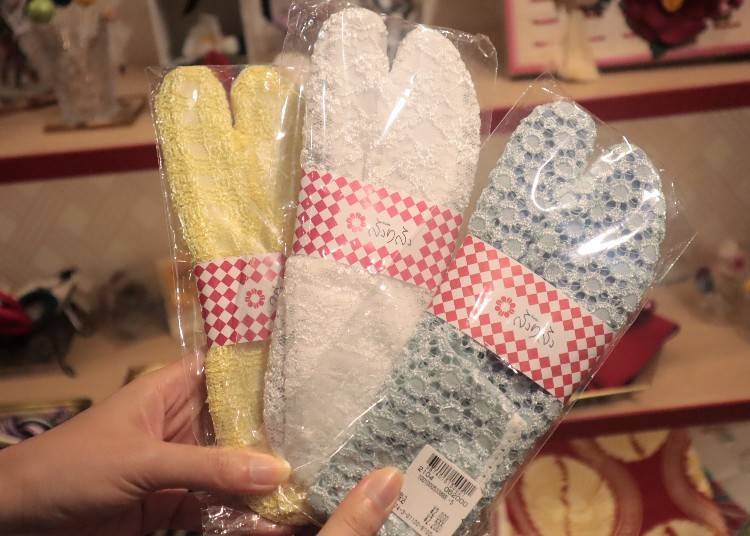
If you decide to wear geta, it’s recommended to wear lace socks (called tabi) made for the shoes. Also, even if it’s a little more expensive, please try to find a good quality shoe. The cheaper options tend to have thin soles, causing your feet to hurt pretty quickly.
For Those Who Want to Know How to Put on A Yukata!
It’s hard to put one on by yourself, but by knowing the steps, the process of getting dressed will become easier.
① Adjust the Length of the Skirt
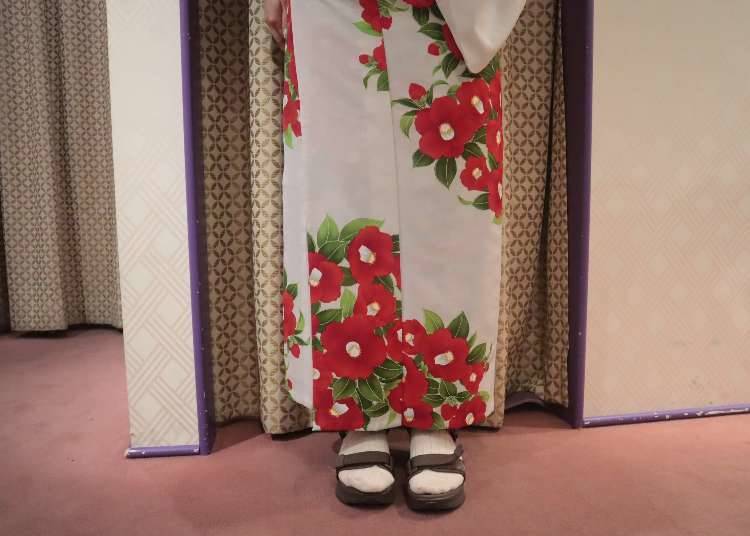
When looking at the skirt from your side, make sure that the left side has come to the front. Lift the skirt underneath the left side so that it doesn’t show from the front. It’s recommended to adjust the skirt so that the length is around your ankles. To make it a little easier to walk, it’s best if the skirt isn’t too long.
② Tie the Koshihimo Around Your Waist

Tie the koshihimo around your waist.
③ Adjust the Collar and the Back
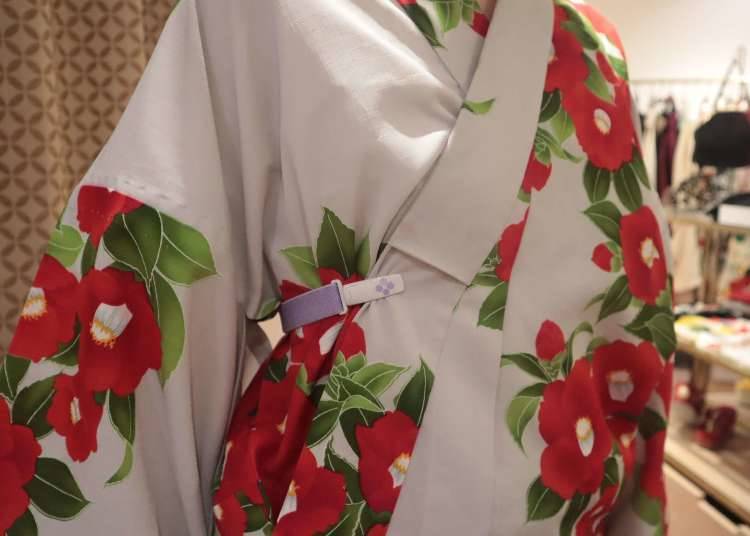
Smooth out any wrinkles in the front and adjust the collar. Use the korin belt, an elastic belt with clips on each end, to hold the straightened kimono in place.

Once again tie the koshihimo below the breast.
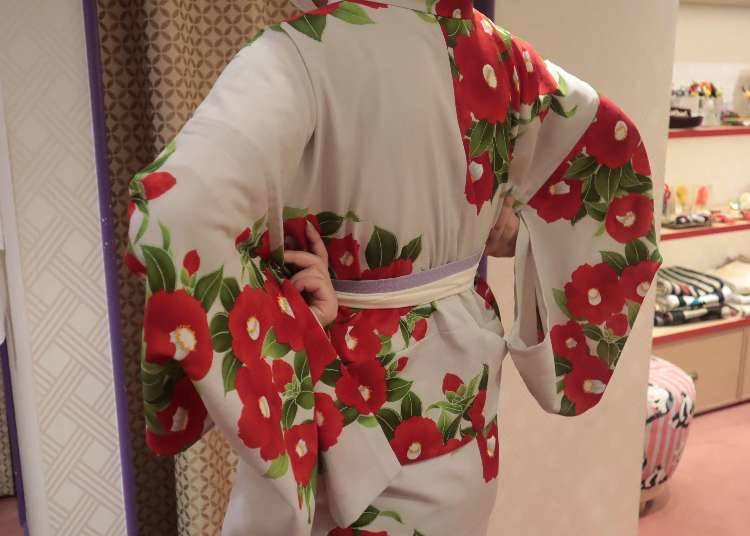
Smooth out any wrinkles in the back.
④ Make an Ohashori (the folded part of the Kimono)

Make the ohashori.
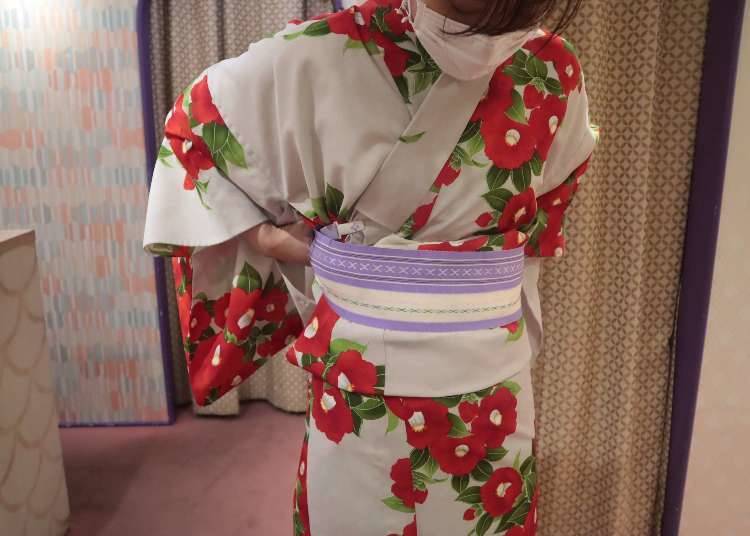
Wrap the datejime around you.
⑤ Position the Obi-ita In the Belt
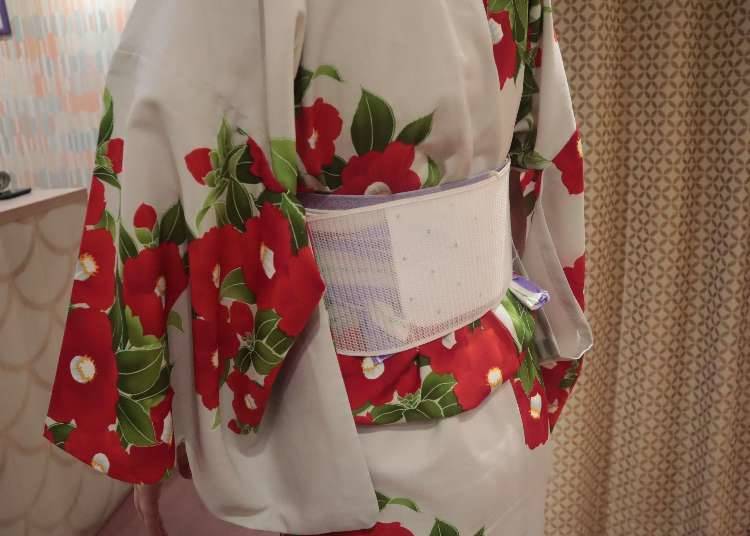
Place the obi-ita, a sturdy slab placed inside the kimono to keep the shape neat, inside the kimono.
⑥ Tie the Obi
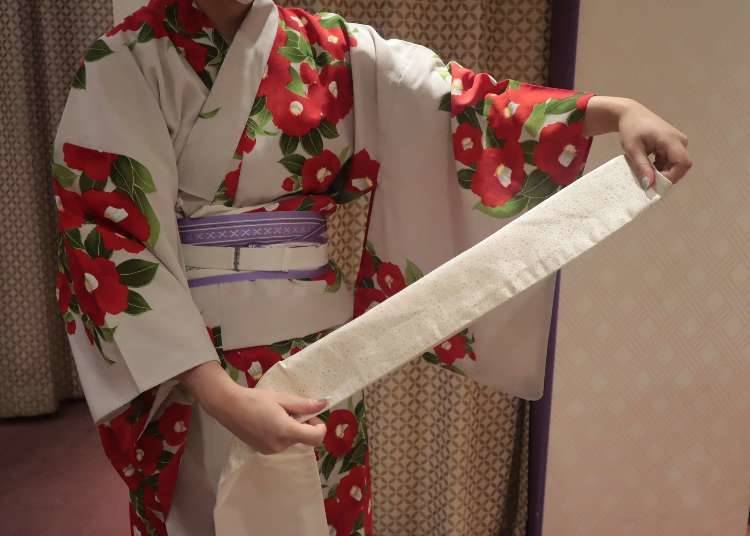
Fold the obi in half and hold it so the length is about the width of your shoulders.
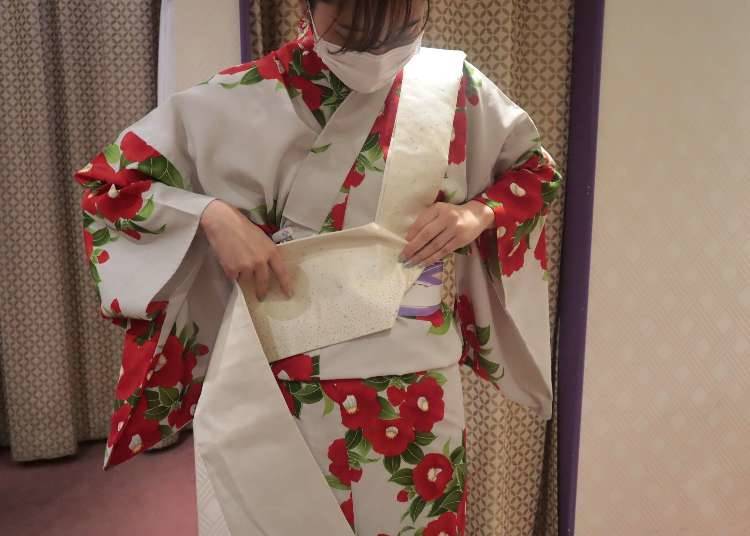
Place the section you’re holding over your left shoulder and wrap the rest of the obi material around your waist.
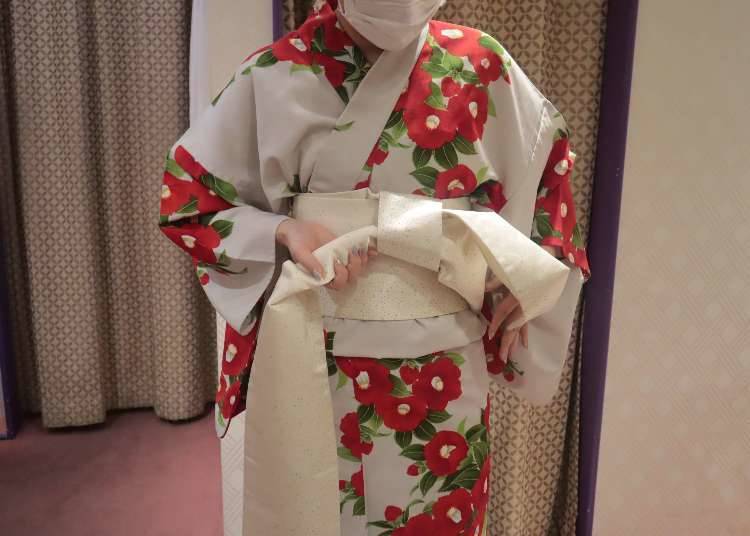
Once the obi has gone around your waist two times, take the piece placed on your shoulder and tie it.
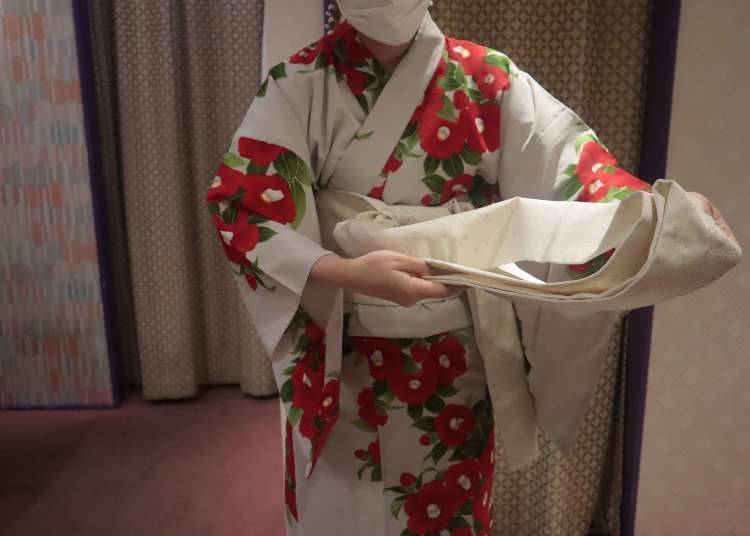
Fold the longer part, and tie it into a ribbon.

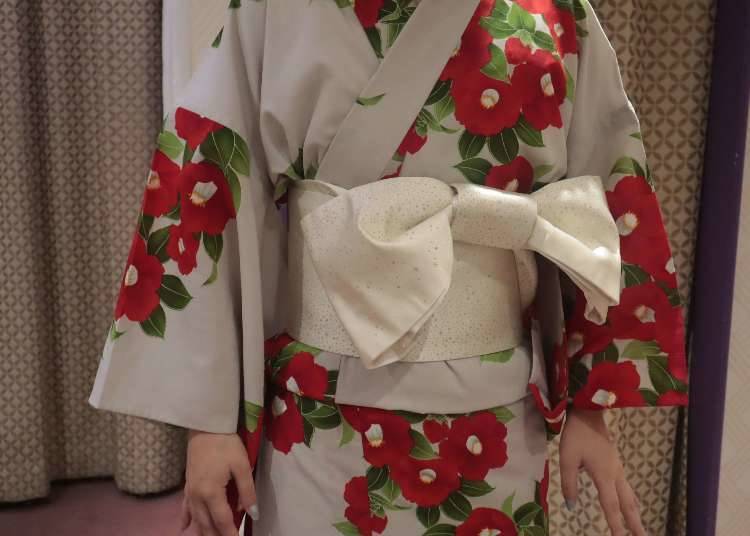
This is how the completed ribbon should look.
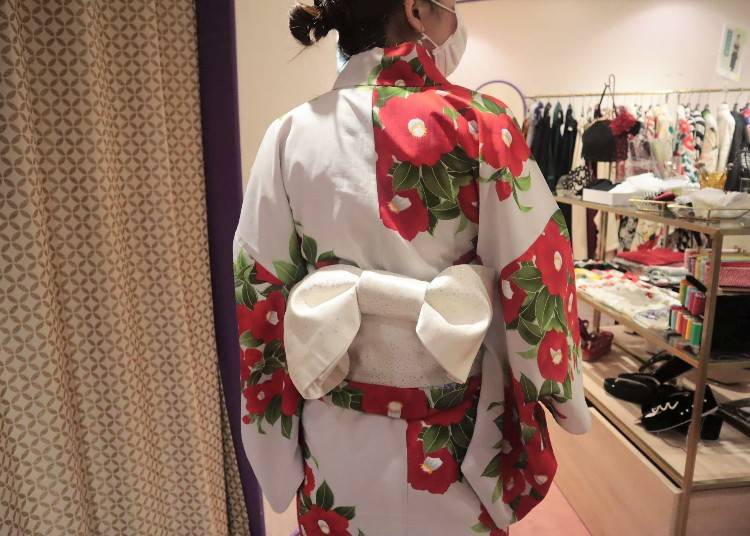
Once you’ve turned the belt so the ribbon is in the back, you’re done!
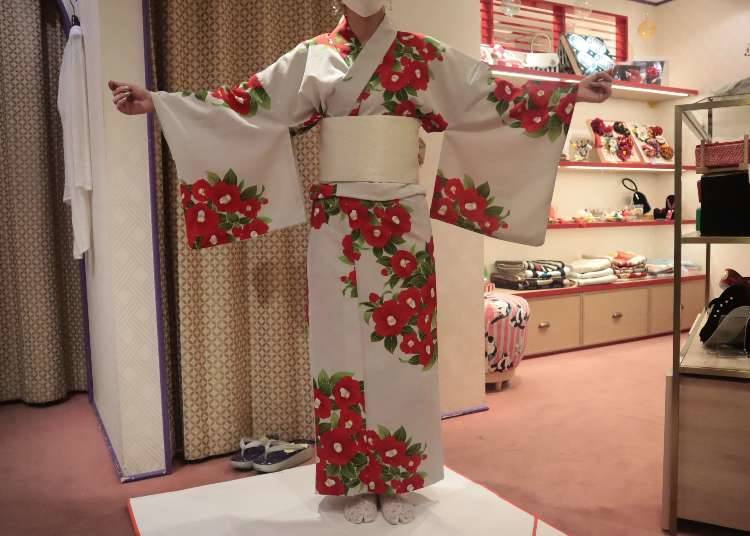
▼(Furifu Official Video)
Try It on Your Own! How to Wear a Yukata by Furifu (with English subtitles)
▼(Furifu Official Video)
Furifu How to Tie an Obi (with English subtitles)
Items you need other than the yukata, obi, and geta
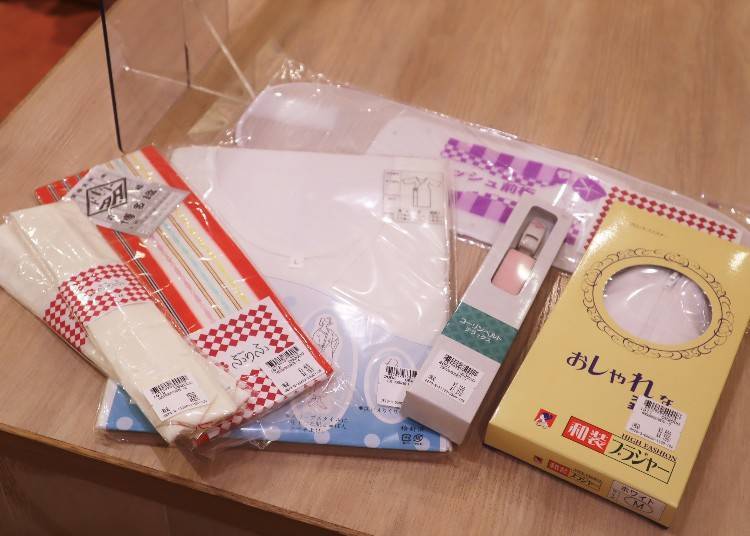
Women
Two to three koshihimos, datejime, korin belt, obi-ita
*Items that would come in handy: body liners for kimonos, kimono bras
Men
One koshihimo
*Items that would come in handy: underclothes, suteteko (long men’s underpants for kimono)
Trinkets and Items that Will Elevate Your Kimono Outfit
The enjoyments of traditional Japanese clothing are not limited to the yukata or obi, but also can be found in the items that you pair along with it.
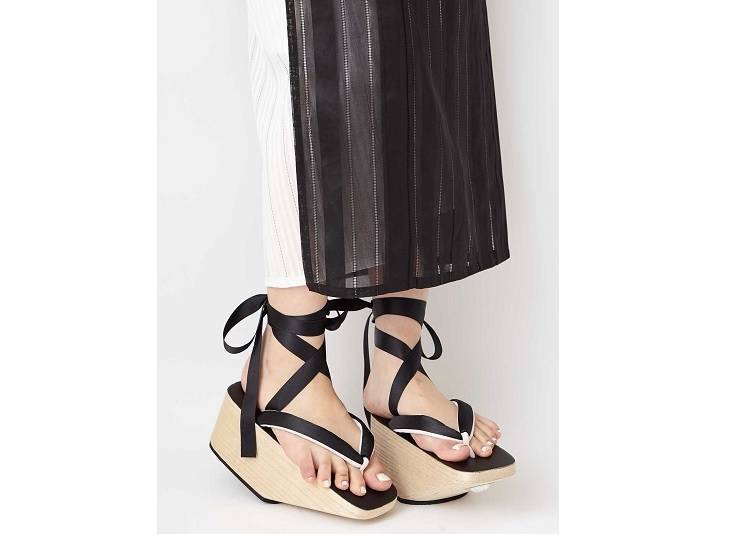
This a chunky-soled geta sandal with a ribbon that wraps around the ankles. With stores only stocking a limited number of this shoe each year, it’s extremely popular.
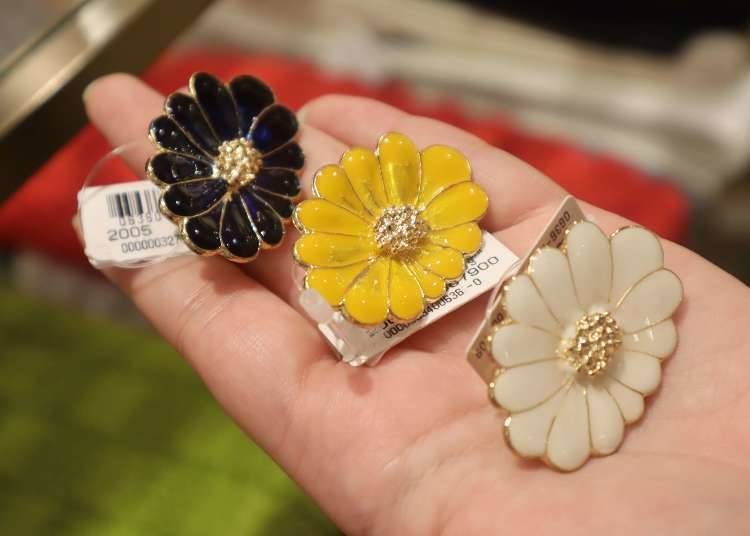
Obi-dome are accessories you place in the middle of a string that wraps around the obi. It is not a necessary item when putting on a yukata the traditional way, but it’s recommended to those who want to add a little something extra.
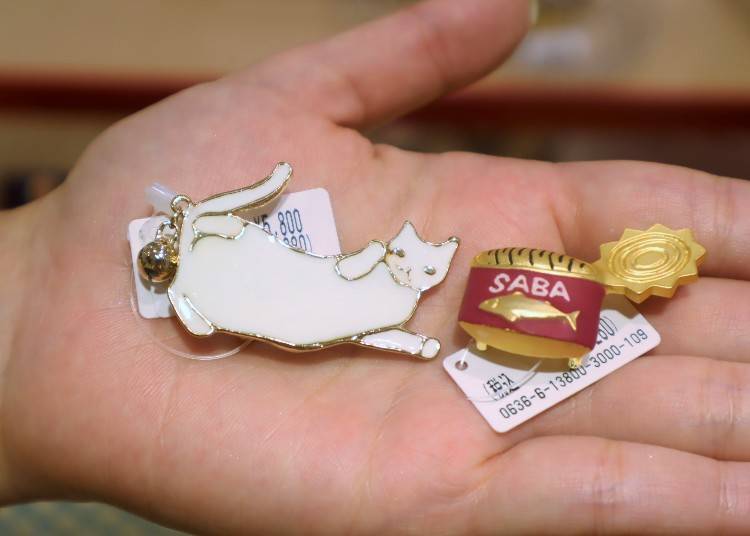
There are unique obi-domes in the shape of cats or cans of mackerel.
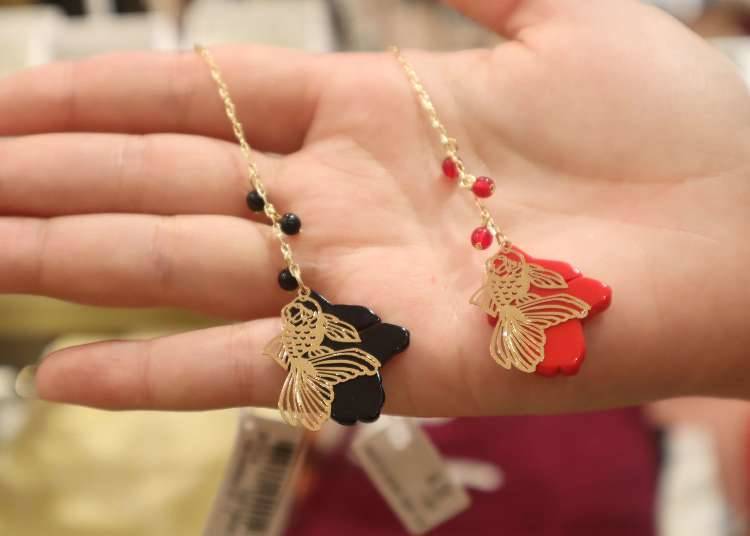
Here are some stylish options that you can dangle from your obi. The koi fish appear to be swimming as they dangle from the belt.
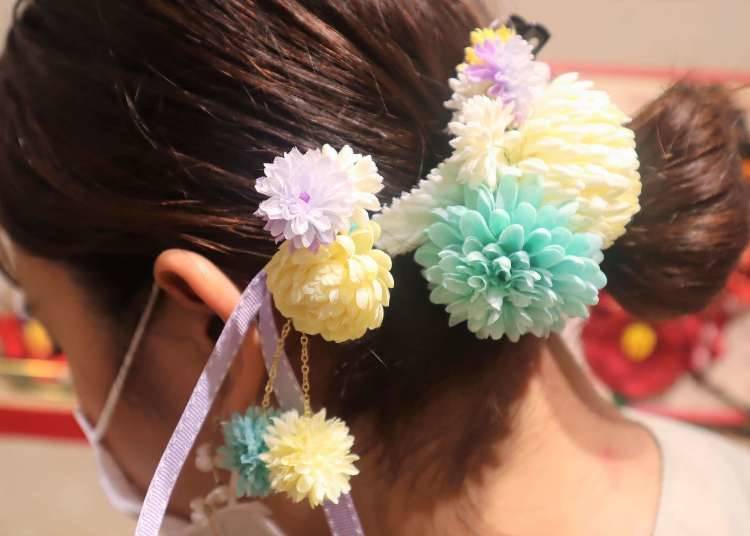
Beautiful and extravagant hair ornaments. These are a must-have accessory when wearing a yukata.
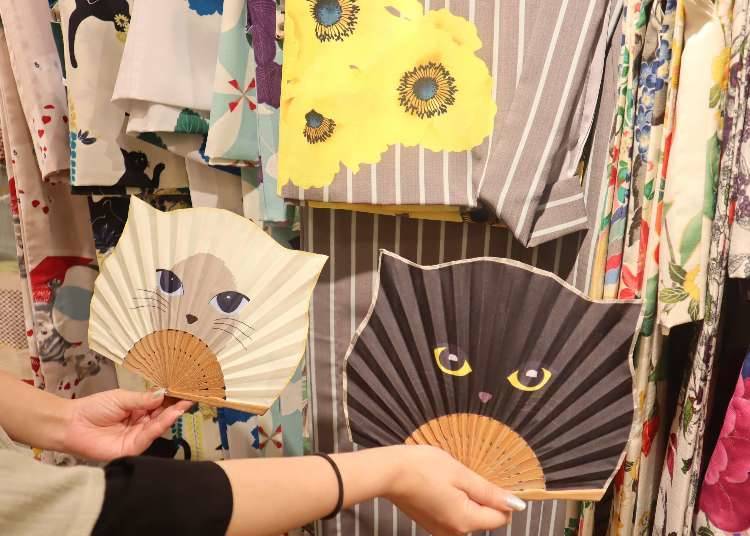
Fans are an additional item that goes along with yukatas. These unique and original fans are sure to gather some attention once opened.
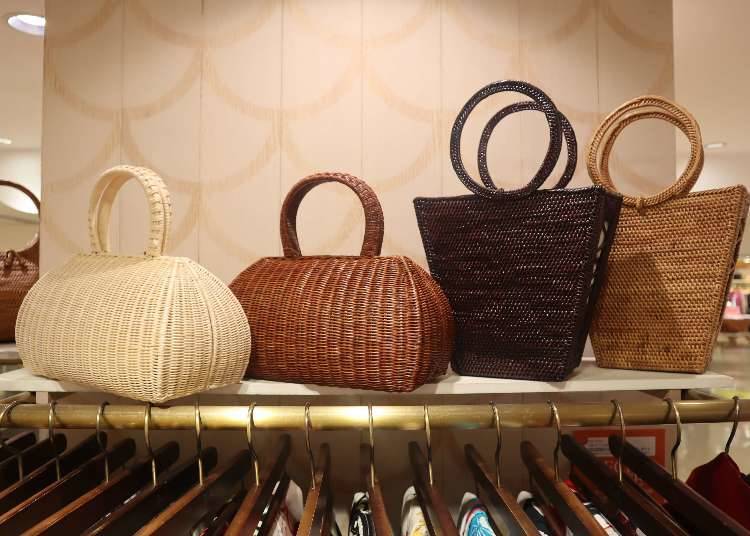
These are woven bags that are durable and have lots of storage space. A great aspect of this bag is that the design also goes with regular outfits.
Where Can You Wear a Yukata To?
Recently, you can find many kimonos and yukatas at rental shops in Asakusa, Kamakura, and Kyoto. At such shops, you don’t need to prepare anything. All you have to do is get dressed. It’s recommended because it doesn’t take much time and you can go explore the town or city you’re visiting straight away.
For those who want to wear something a little more authentic and unique or for those who want to purchase their own yukata, we recommend buying a set at a shop.
Also, if you bring your yukata to the store where you purchased it or take it to a tourist information center, staff will assist you in putting it on. Depending on the place, it may or may not cost a fee.
What’s more, most hair salons offer to help assist you in putting on a yukata or kimono. It might be a nice idea to get your hair and makeup done while you’re there.
Recommended yukata and kimono shops in Tokyo
Don’t Overthink and Enjoy What You’re Wearing!
Did you learn some new information on yukatas by reading this article? Although traditional Japanese clothing can seem intimidating with its many rules, it’s good to know that these are changing with the times.
Enjoy wearing what you want while keeping rules and manners in mind! Professionals also agree that the most important thing is to have fun with your outfit. So please enjoy your summer by trying on this unique Japanese garment called the yukata.
(Shop We Interviewed)
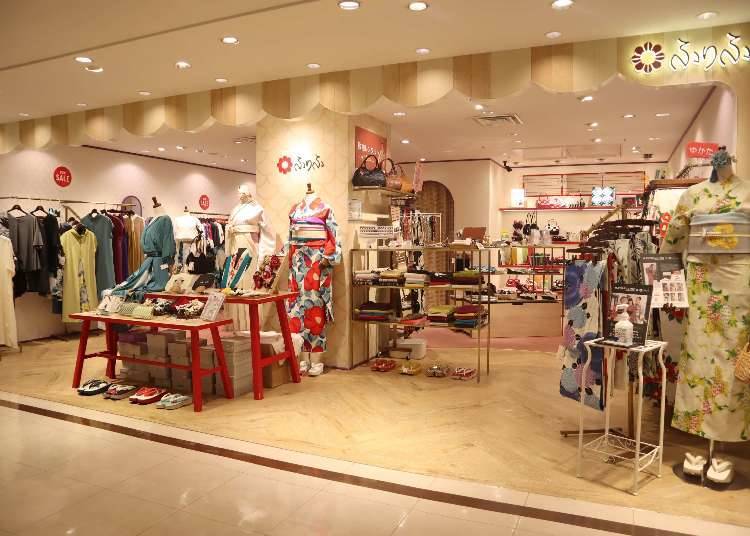
-
Furifu Kawasakiふりふ川崎店
- Address Atre kawasaki 2F, 26-1, Ekimaehoncho, Kawasaki Shi Kawasaki Ku, Kanagawa Ken, 210-0007, Japan
- Phone Number 044-222-1555
Hours: 10:00 a.m. to 9:00 p.m.
Closed: Follows the hours of the facility
Miyu is a travel writer and tour conductor with over a decade of experience in developing educational content for working individuals. She has a passion for exploring new cultures and has visited more than 150 cities in around 50 countries. Her goal is to sample great food, experience nature, enjoy historical sites, and bathe in hot springs around the world. Miyu left her corporate job to pursue her passion for travel and now spends over 100 days a year abroad while working as a writer. She promotes the joy of travel, the beauty of Japan, and the diverse cultures of the world by traveling to different parts of Japan and collaborating with inbound tour operators and fellow travel writers.
- Area
- Category
*Prices and options mentioned are subject to change.
*Unless stated otherwise, all prices include tax.
Popular Tours & Activitiess
Recommended places for you
-

Shinjuku Gyoen National Garden
Gardens
Shinjuku
-

TOKYO SKYTREE®
Landmarks
Ryogoku / TOKYO SKYTREE(R)
-

Tokyo Metropolitan Government
Landmarks
Shinjuku
-

Ameyoko Shopping Street
Old Towns (Shitamachi)
Ueno
-

The Imperial Palace
Other Architecture
Tokyo Station
-

Ueno Zoo (Ueno Zoological Gardens)
Zoos, Aquariums & Botanical Gardens
Ueno
-

Keisei × Keikyu 16-Temple Goshuin Tour: Discover Deeper Tokyo & Yokohama
by: Guest Contributor
-

New Seibu L00 Series Launching in 2026! What to See Along the Tokyo-Area Golden Route
by: Guest Contributor
-

Strawberries, Style, and Tokyo’s Coolest Neighborhood: Winter Afternoon Tea in Kichijoji
by: Guest Contributor
-
Ad

(Opening in Jan 2026) 'THE SUMO LIVE RESTAURANT HIRAKUZA GINZA TOKYO!' 5 Exciting Ways to Experience the World of Sumo!
-

Simply Oishii Wagashi School Discover Japanese Culture Through Wagashi: A Hands-On Experience!
by: Guest Contributor
-

The Best Japanese Food Representing 2025! 'Dish of the Year®' Annual Award Results Announced
Inspiration for Accommodations
-

Enjoy Mt. Fuji from the Comfort of Your Room! Recommended Ryokan with Mt. Fuji View
-

Stay Near the Cherry Blossoms! Hotels for Cherry Blossom Viewing in Tokyo
-

Family-Friendly Hotels with Free Shuttle to Disneyland: Convenient Access for a Magical Stay
-

Top Ranked Hakone Hotels with Mt. Fuji View: Enjoy Stunning Scenery from Your Private Space
-

Convenient Tokyo Hotels with Airport Shuttle: Ideal for Families and Heavy Luggage
-

Stunning Tokyo Tower View Hotels: Enjoy Spectacular Scenery from Your Private Space
-

Convenient Asakusa Hotels with Kitchens: Ideal for Extended Family Visits
-

Experience Luxury: Hakone's 10 Best Five-Star Accommodations
-

Enjoy Mt. Fuji Autumn Leaves! Top Hotels Near the Popular Autumn Leaves Corridor
-

Experience Hakone Fall Foliage from Your Room with Stunning Views
-

Atami 1-Day Itinerary: Exploring Japan's Castle & Hot Springs Resort Town Near Tokyo!
-

Suit and Kimono: Japan’s Coming of Age Day (January 9)
-

Seiyudo Katanas: Japanese Sword Heaven in the Heart of Tokyo (Video)
-

10 Important Japanese Phrases to Know Before You Enter a Japanese Convenience Store!
by: Teni Wada
-

[MOVIE] Masahi Hirao’s Bonsai Performance – A Modern Take on Traditional Japanese Culture
-

6 Fun Things to Do at Tokyo's World-Famous Tsukiji Outer Market!
- #best ramen tokyo
- #what to buy in ameyoko
- #what to bring to japan
- #new years in tokyo
- #best izakaya shinjuku
- #things to do tokyo
- #japanese nail trends
- #what to do in odaiba
- #onsen tattoo friendly tokyo
- #daiso
- #best sushi ginza
- #japanese convenience store snacks
- #best yakiniku shibuya
- #japanese fashion culture
- #best japanese soft drinks














